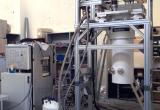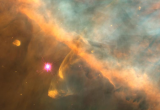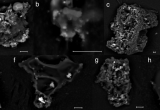The Gruber Foundation announcement has just been posted on May 10 at 8 am local time (Yale time) : https://gruber.yale.edu/cosmology
The Gruber Foundation is pleased to present the 2018 Cosmology Prize to the Planck Team, and to Jean-Loup Puget and Nazzareno Mandolesi, the leaders of the HFI and LFI instrument consortia, for mapping the temperature and polarization of the cosmic microwave background radiation with the ESA Planck spacecraft.












